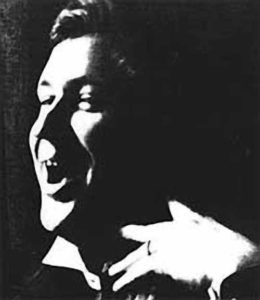
1882 - 1943
Aristarkh Lentulov
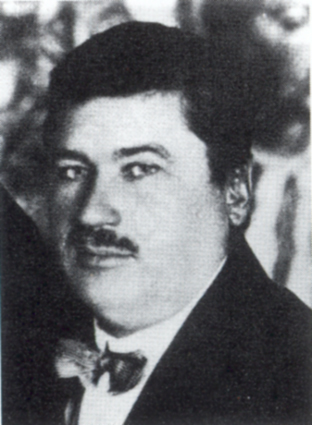
description
The largest Russian artist, painter and set designer.
One of the founders of the Russian avant-garde, Aristarkh Lentulov is certified as a brave experimenter and a “sunny” artist in the history of fine art. He was a member of the Jack of Diamonds group and was one of the first to work at the junction of figurative and subjectless painting; he was the first to choose a colour as the orientation in painting. The organizer and chairman of the Society of Moscow Artists, a professor at several educational institutions.
Key ideas:
– In an article for the exhibition “Wreath” (1909), Alexandre Benois wrote, «A. Lentulov is a wonderful colorful artist. It is important to value and cherish his joyful clear talent, his cheerful attitude to work. His canvases sing and make your soul happy». This full and surprisingly accurate definition characterizes the emotional mood that the paintings of Lentulov evoke. Biographers cannot decide who gave Lentulov the nickname “artist of the sun”, but it was extremely correct. He wrote, “My passion for bright light, to the sun has accompanied me from the day I was born.”
– As for the technique and methods applied in the construction of compositions, the painter was a truly great avant-garde artist. He was called the most desperate experimenter of the Jack of Diamonds community. Cubism, which became both a discovery and a source of inspiration for Lentulov, allowed not only to abstract the space and object of the image as much as possible without going into absolute aimlessness, but also to emphasize that color richness plays a major role in the painting.
– The energy with which Lentulov builds the composition evokes a sense of movement with a continuous change of the angles of the monastery or temple adjacent to modern buildings. The sensation of ringing and hum of a big city reproduced according to the principle of “color dynamics” is also expressed. It was this technique that became the Lentulov’s embodiment of ideas about the new possibilities of painting.
– The paintings, conventionally called architectural landscapes, are kaleidoscopic, because the artist wanted to see the object as if from everywhere at once. According to his daughter’s recollections, “dozens of times he walked around it (St. Basil’s Cathedral), remembering bizarre foreshortenings, following the changing position of individual chapters”, and then “conveyed this fabulousness, the unbridled fantasy of form” with the most cheerful colors.
– The easel picture remained the main one in the work of A. Lentulov in the future, when shocking and boldness of the early period gave way to a desire for analytical comprehension of the world. His self-portraits and portraits are characterized by the artist’s focus on comprehending the internal state of the character, often emphasized by a hot or calm background. Intense dynamics gives a way to a rhythmically impeccable and almost balanced composition, the movement closes within the field of the painting, “slows down”, but remains depicted fragmentarily, as is observed in cubism.
1882
1898 - 1900
1900 - 1904
1905 - 1909
1910
1911
1913 - 1916
1917 - 1918
1919 - 1927
1927 - 1932
1933 - 1937
1940
1943
The birth of the artist
He entered the newly opened Penza Art School
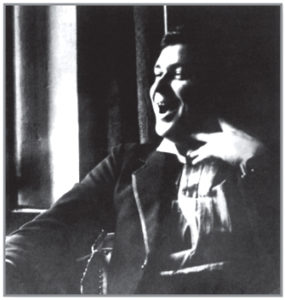
Studied at the Kiev Art College
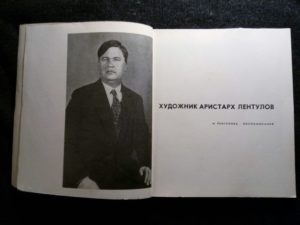
He returned to Penza
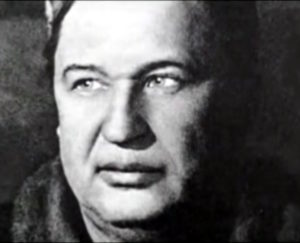
Became a participant in the exhibition «Jack of Diamonds»
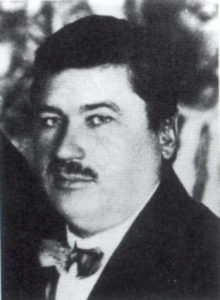
He went to Paris
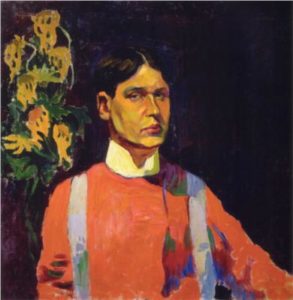
He lived in St. Petersburg

In Moscow, he worked in the Commission for the Protection of Monuments

Created and designed the production of the play «Demon»

He made a creative trip to the Volga region

The only solo exhibition of A. Lentulov
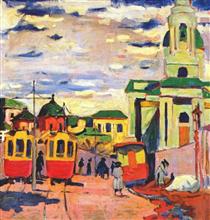
He continued to paint actively
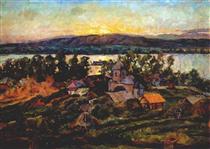
The death of the artist

Aristarkh Lentulov
On Artist
flow
Fauvism
Cubism
Futurism
Abstractionism
Orphism
friends
Ilya Mashkov
Petr Konchalovsky
Robert Falk
Alexander Vasilievich Kuprin
Henri Victor Gabriel Le Focognier
artists
Konstantin Apollonovich Savitsky
Nikolay Pimonenko
Dmitry Nikolaevich Kardovsky
Nikolai Ivanovich Kulbin
Eugene Delacroix
Frantisek Kupka
By Artist
flow
Cubism
Futurism
friends
Ilya Mashkov
Vasily Kamensky
Petr Konchalovsky
Fernand Leger
Robert Delaunay
Igor Grabar
Sergey Vasilievich Gerasimov
Alexander Alexandrovich Osmerkin
artists
Eli Belyutin
Alexander Arkadevich Labas
Claudia Alexandrovna Tutevol
Vasily Kandinsky
Kazimir Malevich
